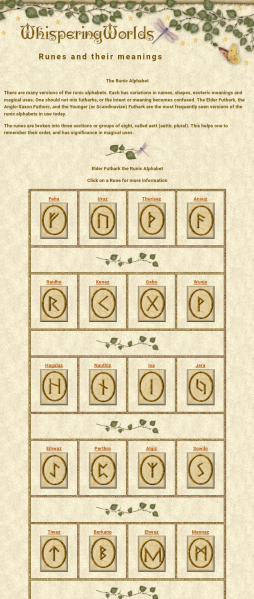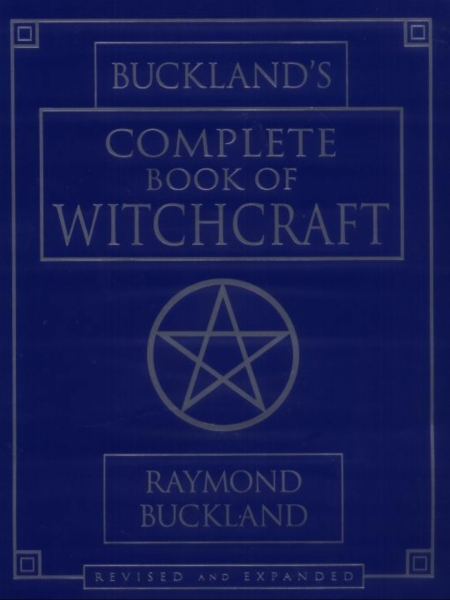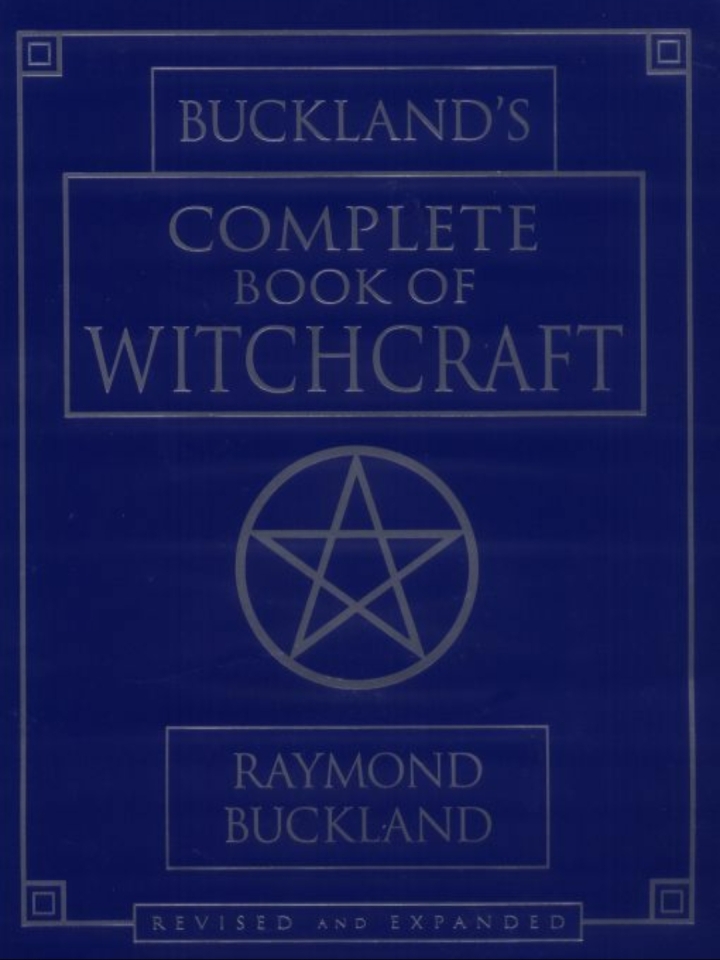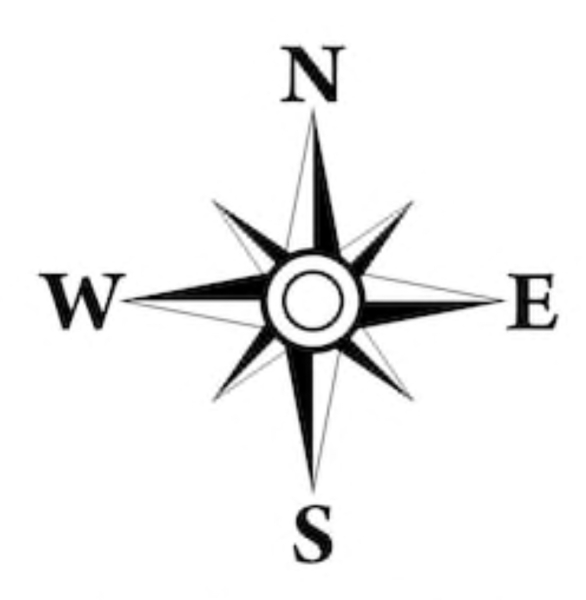PAGAN HOLIDAYS WE SEE WORDS LIKE BELTANE AND SAMHAIN AND KNOW AS WE read them that we aren’t pronouncing them right. We also know there’s something specific meant by them… but we don’t quite know what that is. And of course we’re curious about holidays that have been celebrated for centuries and transmuted into more acceptable contemporary holidays—like Christmas or Candlemas or Halloween. Where did these holidays come from? Was it all orgies and flying on broomsticks? It’s pretty much an accepted fact that people didn’t really fly around on broomsticks, and the same goes for the whole orgy thing. Pagan, or Wiccan, holidays are less grotesque and macabre and much more inspirational and joyous than we might imagine. There are eight traditional pagan holidays, and you’ll note that many of them fall on or around a lot of the holidays celebrated by more traditional religions and forms of spirituality. They also occur based on earth events, like the winter solstice or how the earth aligns with certain constellations or other planets in the solar system, and they almost always have something to do with the year’s harvest. For that reason, the dates of pagan holidays often aren’t fixed, as when the longest night of the season actually falls on December 22 one year, instead of 21. Our calendar isn’t that precise, so sometimes we have to be a little flexible. The pagan year runs from October 31 to October 30, and a day begins at sundown the previous evening, so Samhain, the start of the New Year, begins at sundown of October 30. Each of these holidays, also called sabbats, are celebrated in order to honor a certain time of the year—like harvest or spring—or to honor a particular god or goddess—like Brighid, Lugh, or the Green Man. They are also times of reflection, when a witch might look within and see how she could have done things differently in the past year and how she might continue to evolve, treading lightly and with love through her life. Your celebration can be as simple or elaborate as you like. It could be as grand and fun as throwing a garden party in honor of Beltane, complete with a maypole, an abundance of flowers, and oat cakes… or it could be something just for you, during which you light a rose-scented candle on the summer solstice, reflecting with gratitude on the happiness and prosperity you’ve enjoyed since winter. SAMHAIN Pronounced SOW-in. Also known as All Hallows’ Eve or Halloween. Takes place on October 31, the start of the pagan new year. So many cultures around the world have a day honoring and celebrating the dead. There is the Bon Festival in Japan, Chuseok in Korea, the Festival of Cows in Nepal, the Ghost Festival in China, the Day of the Dead in Mexico, the Turning of the Bones in Madagascar—the list goes on and on. Death is an inescapable part of life, and all of these cultures have come to understand how helpful it is to find a sense of celebration and play in something we may fear and dread, both for ourselves and for others. On Samhain, the laws of space and time are a little weaker, and the veil that stands between this world and the next is thinner. Not only is it easier to communicate with the dead on Samhain; it is easier to do anything that is normally considered impossible. Of course, that can be a little dangerous. In our celebrations of the dead, there is always an element of spookiness, of potential threat. It’s a good idea to take extra precautions on Samhain. If you go out at night (as most of us will), carry a gris-gris for protection (see here), and leave some mandrake or hawthorn around your doors and windows. COLORS: black, orange, white, and silver STONES: obsidian, jet, and hematite HERBS: mugwort, catnip, belladonna, mandrake, and sage WAYS TO CELEBRATE: Leave food offerings on altars and doorsteps, for the dead who may be walking. Light a candle in the window to invite the spirits of your loved ones into your home. You can set an extra place at the dinner table for them too, if you like. Bury apples alongside the road for wandering spirits that no longer have a home to go to. Dress in white or as another gender to confuse spirits that may wish you harm. Light a bonfire! Write your name on a stone and throw it in. Check the condition of the stone come morning—depending on how it fared, you will know something of what the coming year will be like for you. YULE Pronounced EWE-elle. The day when the darkest half of the year relinquishes its power to the lightest half. Falls on the winter solstice. From this day onward, the days grow longer. The Sun King has been reborn. This is a day of uncomplicated celebration—the winter is waning, and it’s time to party! Many of the things we now associate with Christmas stem from Yule, including Christmas trees, the Yule log, and wassailing (i.e., singing Christmas carols). Of course, these traditions were all slightly different during Yule celebrations—an evergreen tree was never cut down, as it was treasured for its immortality, but boughs of evergreen would be brought inside for the festivities. The Yule log wasn’t just a set piece for decoration—it was taken very seriously. You couldn’t buy a Yule log; it needed to be given as a gift, from a neighbor or family member, or harvested yourself. The log was traditionally made of ash, and it was big. Once it was placed in the fire, the Yule log was decorated with evergreens, holly, and ivy, doused with cider or ale (apples being symbols of the sun), and dusted with flour (representing accomplishment, light, and life) before being set ablaze by a piece of last year’s log, which would have been carefully set aside for just this purpose. The log would be kept burning for twelve days—the twelve days of Christmas. COLORS: red, green, gold, and silver STONES: ruby, garnet, emerald, and diamond HERBS: bayberry, evergreen, milk thistle, holly, and mistletoe WAYS TO CELEBRATE: Learn some traditional wassails, like “The Holly and the Ivy,” “This Endris Night,” or “Gloucestershire Wassail,” and sing them to the nearby trees and fields. Decorate your home with mistletoe, holly, and ivy. Drink a lot of cider. This is traditional. Make some form of a Yule log, like setting candles in a log base and lighting them for twelve nights. IMBOLC Pronounced IM-bullug. Also called Candlemas or Brighid’s Day. With the help of Hallmark, it has morphed into Valentine’s Day. Takes place on or around February 2. Imbolc is translated from Gaelic as “in the belly of the mother,” since that is where the seeds of rebirth are generated. This time of year is when we look to the end of winter, when lambs are slaughtered, when it is time to bless the seeds and farming tools and prepare to set to work in the coming spring. Brighid (pronounced Breej) is particularly honored on this day, as she is the patron goddess of fire, smithcraft, healing, midwifery, and poetry—all things that will be needed in the coming months. Imbolc is the time to clean house and be done with hunkering down for the winter. It’s time to get to work. COLORS: white, pink, red, and yellow STONES: amethyst, bloodstone, and garnet HERBS: angelica, basil, bay laurel, and tansy WAYS TO CELEBRATE: Go for a walk in the woods, hunting for crocuses or other signs of spring. Make a Brideo’gas, or a little doll to honor Brighid. They’re constructed from straw and decorated with gifts of ribbon or doilies. Fit them with an acorn wand and lay them in the fire overnight. Examine the ashes to see if the wand left a mark—if it did, this will be a good season. Make a Brighid’s Cross out of straw and rushes for protection. Wear a crown of lights, or light candles throughout the house, to welcome the coming warmth into the home. OSTARA Pronounced OH-star-ah. Celebrates the balance of night and day at the midpoint of spring. Sacred to Eostre, the lunar goddess of fertility. Falls on the spring equinox. Eostre (pronounced EHS-truh) is not the only deity honored on Ostara, but she is the one that has had the most pronounced influence on our culture. Eggs and rabbits are her symbols… so that’s where the Easter Bunny comes from. Eostre is also at the root of estrogen, which is a nice image to have for an occasionally annoying hormone. Ostara also honors the Green Man, that mysterious figure permeating so many different cultures around the world, dating back for thousands of years. Every year, he dies and is reborn, symbolizing the rebirth that we experience every year with spring. More than anything, Ostara is about birthing, sprouting, and growth. At this time spring has begun in earnest, and it is apparent in the yellow-green leaves and the delicate blossoms surrounding us. COLORS: green and yellow STONES: jasper and emerald HERBS: early spring flowers in general WAYS TO CELEBRATE: Coloring eggs is technically celebrating Ostara, so carry on. Spend the day working in the garden—if you don’t have one, volunteer at your neighborhood park. Go for a long hike in the woods, assisting new growth wherever you can. Make a Green Man by either fashioning a head out of straw or purchasing a foam form from a craft store and covering it with vegetation. BELTANE Pronounced BAYal-TIN-uh. Also known as Roodmas, Walpurgisnacht, or May Day, it falls on May 1. If Ostara is partly about fertility, Beltane is entirely about fertility. If pagan holidays did have orgies, they would take place on Beltane. Young couples would spend a night in the woods in true Shakespearean fashion, and couples that had been married for a year and a day could, if they chose, remove their wedding rings along with all the restrictions that those rings impose. Beltane marks the return of vitality, of passion. It is a celebration of life. It is sensual, but innocent in its sensuality—there is no shame or fear or severity on Beltane. There is nothing but joy. COLORS: blue, green, and purple STONES: amethyst, sapphire, and peridot HERBS: chamomile, wormwood, and lavender WAYS TO CELEBRATE: Rise early in the morning and collect flowers. Weave them into your hair. Roll around in the grass with someone you love, and tumble down a hill like a small child. Dance around a maypole! It’s fun, and harder than it looks! Collect wild water, such as dew or fresh water from a stream, and bathe your face in it. Build a small bonfire and jump over it, holding hands with the person you love. LITHA Pronounced LIE-tha. Also known as Midsummer Night’s Eve. Celebrated on the summer solstice, so on or near June 21. This is yet another night of celebration, but it is more somber than Beltane. As on Samhain, the veil between this world and the next is quite thin on Litha, and so precautions must be taken. It is a night to celebrate the sun and light, so traditionally bonfires were lit and garlands of herbs tossed onto the flames to honor the Sun God and Queen Mab. This is, of course, an important night for the fairies, as well. As this night is the shortest of all, it a good one to hold a vigil, watching and waiting for the sun to rise. If you hold steady, you will gain power and control over magic… but you risk madness or being whisked away by the fairies. COLORS: yellow, green, and gold STONES: emerald and gold HERBS: mugwort, vervain, chamomile, yarrow, lavender, and thyme WAYS TO CELEBRATE: Light a bonfire and leap over it—the highest leap will determine the height of your crop this year. Create a wreath of flowers to toss into the fire. Harvest St. John’s wort and decorate your home with it, along with rue, trefoil, roses, and vervain. Sleep with any of the above under your pillow to encourage good dreams. Hold an overnight vigil—or just get up early to watch the sun rise. LAMMAS Pronounced luh-MAHS. Also known as Lughnasadh, it is celebrated from August 1 through August 2. Lammas occurs on the day of the first harvest of the year—so right around the time your local farmer’s market starts up in earnest. It is a sign that the hot days of summer are finally coming to an end and the bounty we have worked so hard all year to ensure has finally arrived. Lammas translates to “loaf-mass;” traditionally, loaves of bread were placed on altars to honor the Green Man, the Sun God (called Lugh in Gaelic), or the Christian God, depending on who was doing the celebrating. For Lugh, the day has particular significance. Funeral games were held in his honor, though it wasn’t his funeral—it was his foster mother, Tailte, who is said to have died of exhaustion after clearing the fields of Ireland for agriculture. The games played on Lammas were contests of strength and skill. This was also a time for trial marriages; Tailteann marriages were arranged marriages that were given a provisional period of a year and a day—if the marriage was successful after that, great. If not, it was dissolved on the Hills of Separation (actual hills that stand near where the games were traditionally held) as if it had never been. COLORS: orange, yellow, brown, and green STONES: carnelian, emerald HERBS: hops, apples, grains WAYS TO CELEBRATE: Bake a loaf of bread and leave it as an offering for whomsoever you choose. Hold a feast, and host some games! Make a doll out of a sheaf of corn and hang it in your home until the next harvest, when it should be planted to grow again. Perhaps consider taking a significant next step in a relationship, or use Lammas as a day to reflect on how your relationships are working. MABON Pronounced MAY-bun. Also known as Alban Elfed or Meán Fómhair, it is held on the fall equinox, so on or around September 21. Mabon was a Welsh god of the harvest, a kind of masculine version of Persephone. His holiday celebrates the second harvest, but like Samhain, it is less about joy and accomplishment and more about reflection. On the fall equinox the hours of sunlight are equal to the hours of darkness, so Mabon is about seeking balance—and about respecting the darker aspects of life, since so many of the other holidays are about honoring the sun. It is also a time to give thanks and reflect on all that we have been given throughout the year. The Scottish refer to the last sheaf of the harvest as “the maiden,” and it must be cut down by the youngest female in attendance. Ripe grains were brought in from the field and stored at Mabon, and the casks that beer and wines had been fermenting in since Lammas were opened and consumed. And that, of course, required feasting. COLORS: red, orange, brown, and gold STONES: sapphire, lapis lazuli, and yellow agate HERBS: marigold, milkweed, sage, Solomon’s seal, and milk thistle WAYS TO CELEBRATE: Spend your morning in quiet reflection. Acknowledge the darkness within yourself, honoring it and allowing it a seat at your inner table. Write a gratitude list. Tell stories of death and rebirth—like tales of Odin, Persephone, Mabon, Osiris, Mithras, Dionysus, and of course Jesus Christ. Throw a party! Mabon was traditionally a grand feast day, with lots of wine, mead, and beer. Let the darkness have its due, but remember to celebrate the light as well.























